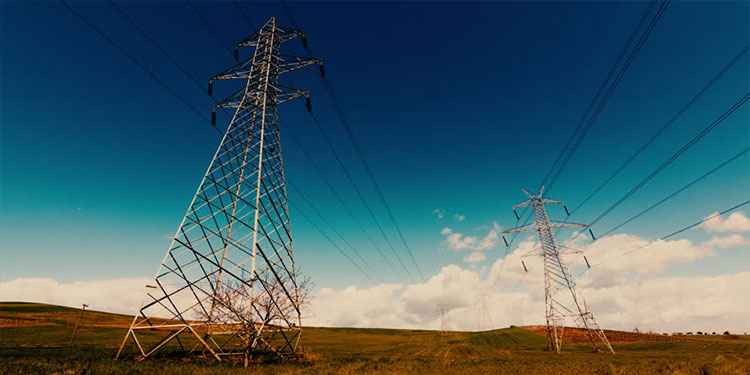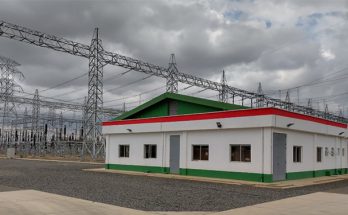 Zimbabwe’s emerging power projects have the potential to earn at least US$3 billion in annual energy exports from the current position of energy insufficiency, Mines and Mining Development Minister Winston Chitando has said.
Zimbabwe’s emerging power projects have the potential to earn at least US$3 billion in annual energy exports from the current position of energy insufficiency, Mines and Mining Development Minister Winston Chitando has said.
Minister Chitando stated this when he addressed a news conference in Harare yesterday to give a summation of President Mnangagwa’s 2 day working visits of coal mining and power generation projects in Hwange earlier this month.
Speaking in Hwange during the visit, President Mnangagwa mentioned that he had been fascinated by work on the ground which he said will lead Zimbabwe not only to achieve energy self-sufficiency, but also into being an energy exporter.
Power generation projects visited by President Mnangagwa in Hwange also comprise of Zambezi Gas and Coal Mine which is predicted to produce 750 Megawatts (MW) on completion.
Also working on power generating projects are Western Areas (600MW), Jinan (600MW), Tsingshan (100MW) and Zimbabwe Zhongxin Electrical Energy (430MW).
Most of these ventures are anticipated to start running from 2023. Also on the way is a coal bed methane (CBM) power plant for which the Government believes to sign a deal for the construction of a 450MW power station before the end of August.
Minister Chitando, further mentioned, “In addition to the power projects in Hwange, there will be an agreement that will be signed before the end of August for a CBM power plant which will generate 450 MW of electricity”.
Government’s calculations premised on 7 US cents kwh are rather conservative bearing in mind the energy deficit that is predictable to hit Southern Africa in the medium to long-term.
The region is also undergoing a stable increase in industrial productivity which has seen the World Bank projecting demand for electricity to increase by 40 percent over the next 10 years.
SADC member states, amid other strategies, are being encouraged to combine forces on electricity usage and development and promote power pooling and trade.



